One of the best things you can do to enhance your own self-sufficiency is grow your own food. After all, people have been doing it basically forever!
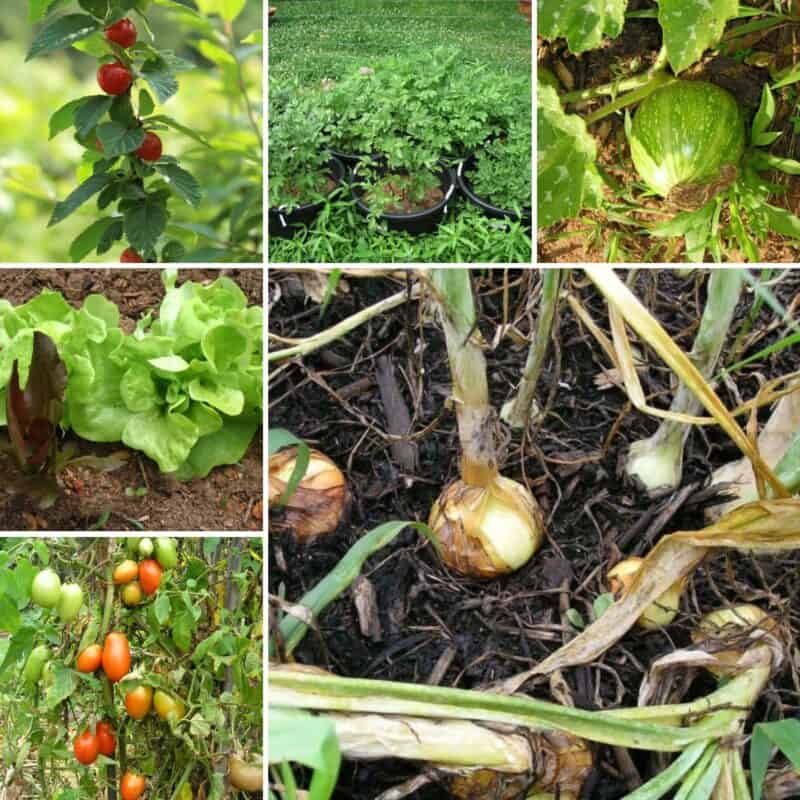
It’s a great way to get closer to the things you eat, and it also helps to prevent waste in the kitchen since you are far more likely to use up any food you worked so hard to get.
But there’s another way you can further reduce waste in this process: using scraps to grow your plants in the first place!
It’s true, many fruits, veggies and herbs have parts that we ordinarily throw away when cooking, but they can be repurposed to grow brand new plants to supply us even more food.
It’s pretty cool if you ask me! Keep reading, and I’ll tell you about 30 such foods below.
Table of Contents:
Fruits
1. Cherries
Cherries are a small, sweet fruit with a hard pit in the center. To regrow cherry plants from scraps, save the pits from fresh cherries.
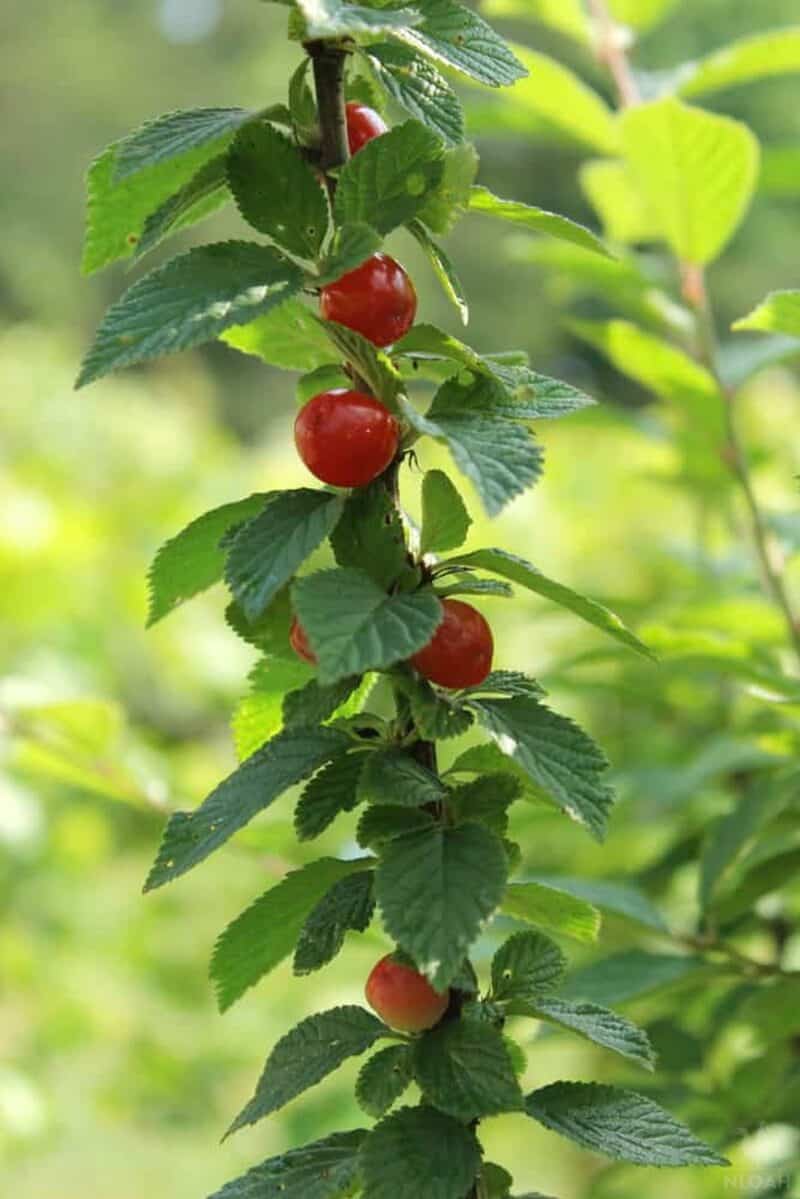
Rinse the pits and dry them, then plant them in soil and water regularly. With patience, you should see new cherry trees begin to sprout.
2. Pineapples
Pineapples are often called the king of tropical fruits, and with a sweet, tangy flavor and alluring aroma it isn’t hard to see why. They are also high in vitamin C and bromelain, an enzyme that can aid in digestion.
Anyway, to regrow pineapple plants, use the top or “crown” of a fresh pineapple. Cut off the leaves and a thin layer of the fruit, then place the top in water until new roots begin to form.
Once the roots are several inches long and well established, transfer the plant to soil and watch it start to grow.
3. Lemons
Lemons are a sour citrus fruit commonly used for cooking and baking, and contrary to popular belief, it’s entirely possible to grow your own from most common cultivars.
To regrow lemon trees, save the seeds from fresh lemons and soak them in water overnight. Then plant the seeds in soil and water regularly, keeping them in a warm location with tons of sunlight.
You should start to see new greenery sprouting soon, and with care, a lemon tree will start to grow.
4. Limes
Another beloved citrus fruit, and like lemons easy to grow from scraps. You’ll handle these exactly as you would limes: To grow new lime trees, save the seeds from fresh limes and soak them in water for a day.
After that, plant them in soil and keep them in a warm location with plenty of sunlight. Water them regularly to keep the soil moist.
5. Peaches
Peaches are incredibly juicy and sweet, but that fuzzy outer skin hides a hard pit in the center. To regrow peach trees from scraps, save those pits from fresh peaches.
Rinse the pits and dry them, then crack open the pit to give the seeds inside opportunity to grow. Don’t damage the seed; you must be careful!
Place them in soil and water regularly. You should start to see a young, new peach tree growing before long, but keep in mind that many trees grown this way, assuming they survive, are said to produce fruit of lackluster quality.
Also, plant multiple pits: many will not germinate at all no matter what you do.
6. Apricots
Apricots are another small, sweet stonefruit with a soft outer skin and a rock-hard pit in the center. Like peaches, you can use their pits to grow apricot trees at home.
Save the pits from fresh apricots, rinse the pits and dry them, then crack open carefully and place them in soil and water regularly.
Keep the soil moist and provide plenty of sunlight. Also like peaches, plant multiple pits as most won’t germinate, sad to say.
7. Watermelon
Watermelons are a juicy, refreshing fruit that is perfect for hot summer days, but no one likes getting a mouth full of seeds with that big bite of perfect melon!
That said, you don’t need to throw the seeds away: To grow watermelon plants, save the seeds from fresh watermelons and rinse them clean.
Plant the seeds in soil and water often, making sure the soil stays moist.
Make sure you choose your initial location well because watermelons need lots of room and often need support, and they won’t transplant well at any phase of growth.
8. Honeydew
Honeydew melons are a sweet and juicy fruit with a smooth, pale green skin. Like watermelons, to grow new honeydew melons, save the seeds and rinse them clean.
Plant the seeds in soil and water as usual, keeping the soil moist but not sopping wet.
Give them plenty of sunlight and warmth, and you should see new honeydew vines creeping along before you know it.
Also, make sure they have plenty of room: they aren’t as big as most watermelons, but honeydews still take up space.
9. Cantaloupe
Yet another popular melon, cantaloupes are a sweet and fragrant fruit with a rough, almost net-like skin.
To regrow cantaloupe plants, once again you’ll save the seeds from fresh cantaloupes and rinse them clean. Plant the seeds, keeping the soil moist.
Ensure that the new seedlings get lots of sun, and like our melons above give them plenty of room.
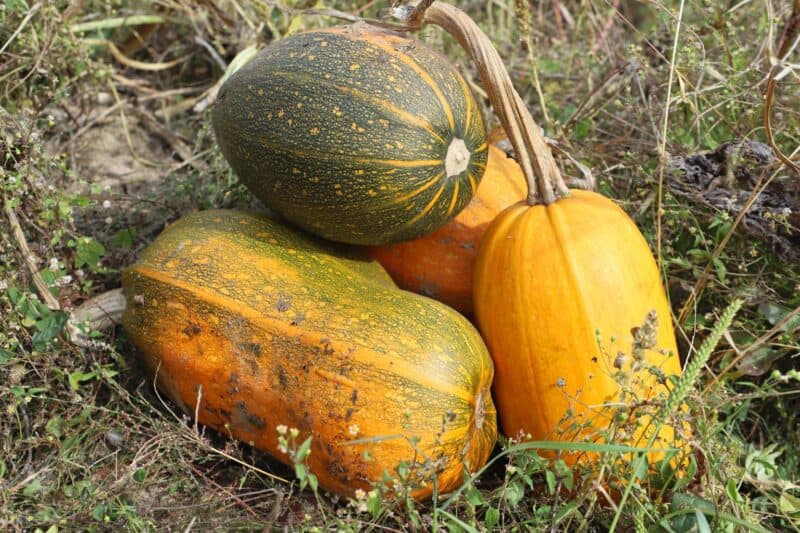
10. Pumpkins
The largest of the squashes commonly cultivated, pumpkins are a hugely popular fall fruit often used for pies and decoration.
The greasy, slimy guts are always thrown out, but you should save the big seeds if you want to grow brand new pumpkin plants. Rinse them clean and plant the seeds before watering regularly.
Think twice before you put them in a container: Pumpkins need a lot of space to grow, so make sure they have plenty of room to spread out.
They also don’t transplant well, so you will need to commit to a location if container growing is not an option.
Veggies
11. Carrots
Carrots are a delicious root vegetable that can be used in a variety of dishes, from soups to salads.
To grow a new plant using carrot scraps, take the top portion of a carrot and place it in a shallow dish of water. Make sure to change the water every few days and keep the dish in a sunny spot.
After a few weeks, the carrot top will sprout new leaves and can then be planted in soil. But work fast, as carrots do not tolerate being disturbed once they are established in any capacity.
Get them in the ground and then leave them alone!
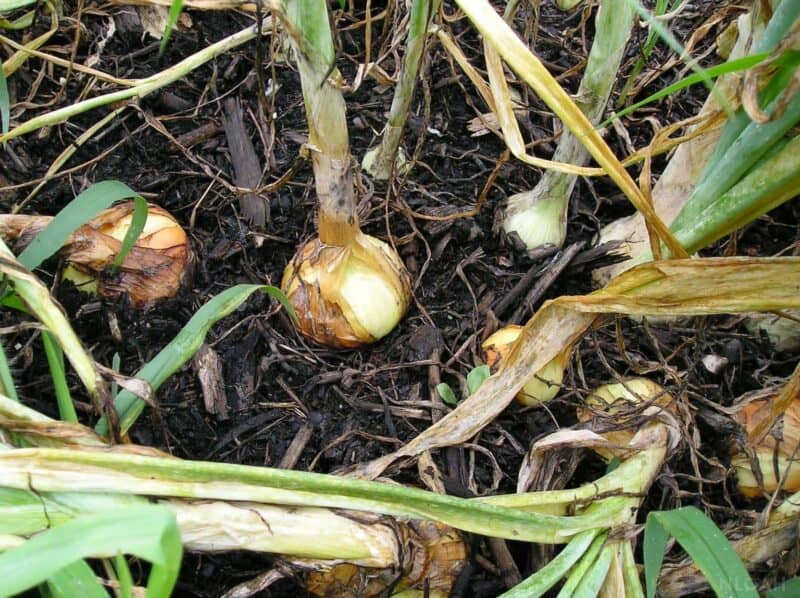
12. Onions
Onions are another staple in kitchens around the world, adding flavor to a wide range of dishes.
To grow a new onion plant from scraps, take the bottom inch of an onion (the root end) and place it in a small pot of soil.
Water the soil regularly and keep the pot in a sunny location. Within a few weeks, new shoots will appear and a new onion plant will begin to grow.
13. Spring Onions
Spring onions are a mild, slightly sweet allium that can add a pop of flavor to salads and stir-fries. You can grow a new plant from scraps or from leftover cuttings you don’t need.
Simply take the root end of a spring onion and place it in a small jar of water, making sure the roots are fully submerged.
Change the water every other day at most, and keep the jar in a sunny spot on a windowsill. Within a week or two, new green shoots will appear and the spring onion can be planted permanently.
14. Leeks
Leeks are a milder and tangy member of the allium family, the same as onions, and are likewise used in a range of dishes from soups to quiches.
It is easy to grow a new leek plant from scraps: save the bottom 2 inches of the leek (including the roots) and place in a small jar of water, making sure the roots are totally submerged.
Change the water often, and make sure the cutting gets lots of light.
The leek will grow new shoots within a week or two as with spring onions, and can then be transplanted into its new home once the shoots are a couple of inches tall.
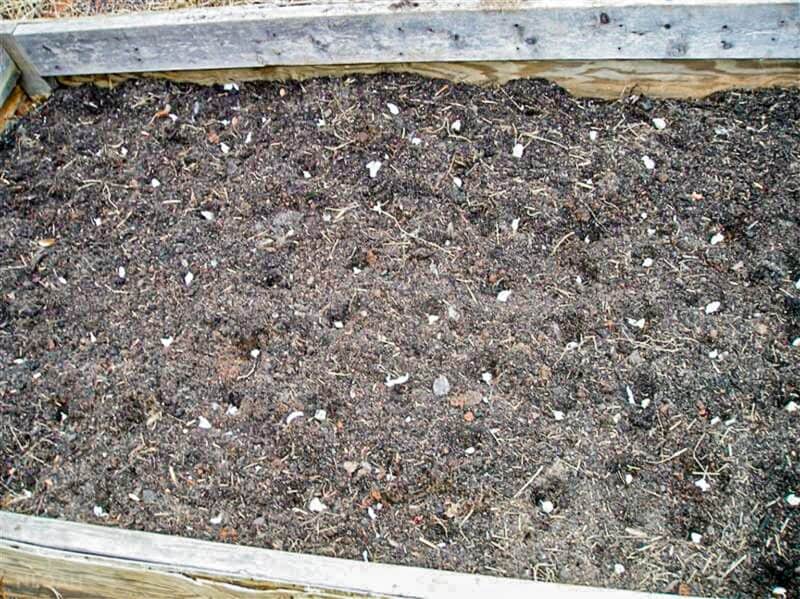
15. Garlic
My personal favorite onion relative, this is the world’s most popular and flavorful plant that’s used to add depth to a huge wide range of dishes.
You can grow a new garlic plant from scraps in much the same way as a typical onion.
Save a single garlic clove with its papery skin intact, and plant t directly into soil with the pointy (tapered) end facing up.
It’s important to keep the soil barely moist but not too wet, and to give the garlic plenty of sunlight. Within a week or a little longer, the garlic will start to sprout new green shoots.
Something to keep in mind is that your garlic might not fully develop, and you end up with only garlic greens. Still tasty, but nowhere near is pungent as an intact clove!
16. Fennel
This fragrant and slightly sweet herb is famous, or infamous, for its licorice-like flavor. If that sounds like your jam, you can grow a new fennel plant from scraps, and save a bundle on buying fresh or dried stuff at the store.
Save the fennel bulb bottom and place it in a shallow dish of water. Keep the dish in a sunny location as before, making sure to change the water every few days.
You’ll soon notice new green shoots emerging from the top of the bulb. Once the shoots are a couple of inches tall, you can transplant the fennel to a pot or permanent spot in the ground.
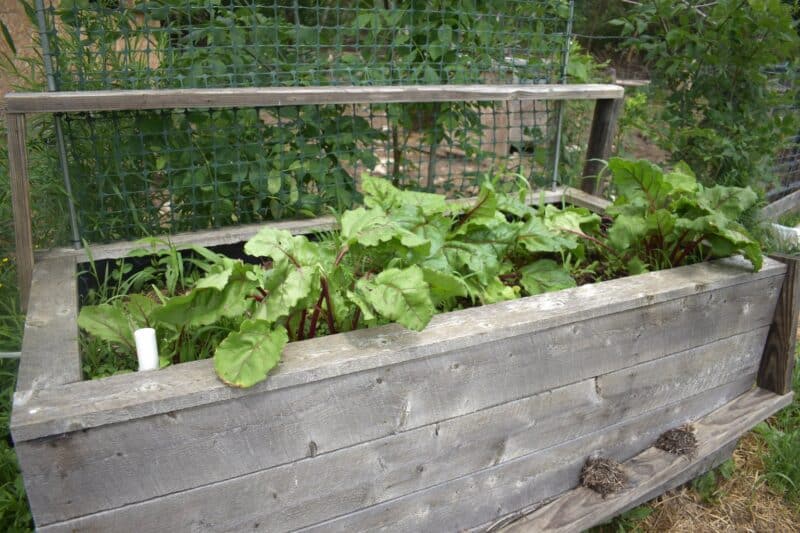
17. Beets
Beets are a colorful and earthy root vegetable that can be eaten cooked, but they’re especially loved when pickled.
To grow your new beet plant from scraps, save the top portion of the beet with some of the stem still attached.
Place the this top or “crown” in a pan or shallow dish of water, making sure the water level is just below the top of the stem, not all the way up.
Change the water no later than every other day, make sure it gets plenty of light. Once the new plant has sprouted and grown several young leaves, it is time to transplant.
18. Potatoes
Potatoes are a starchy and versatile root vegetable, and used in countless dishes, from mashed potatoes to french fries.
To grow a new potato plant from scraps, save a potato that has sprouted “eyes”. Cut the potato into 2-inch pieces, making sure each piece has at least one eye.
Plant the potato pieces in soil with the eyes facing up, about 4 inches deep. Keep the soil moist but never waterlogged and give the potatoes plenty of sunlight.
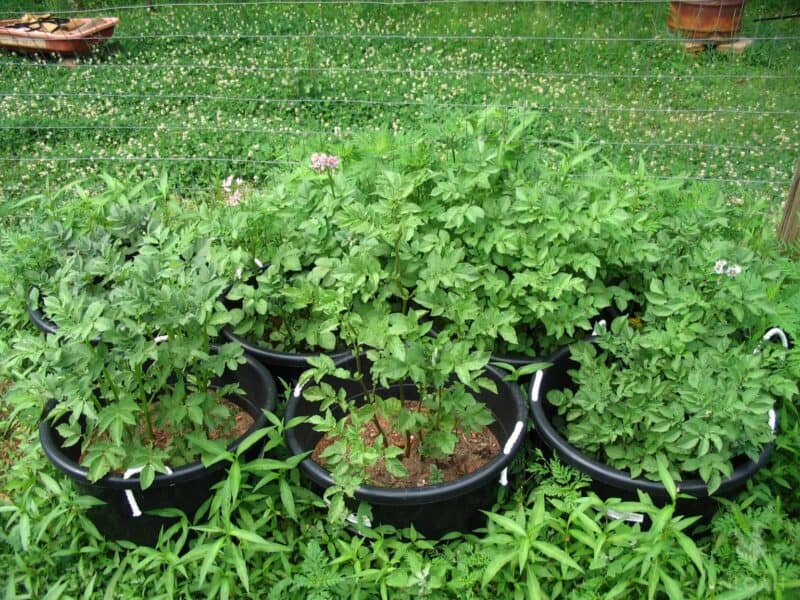
New shoots will appear in short order, and soon after that, your new potato plant will grow.
But, there’s a catch when growing potatoes this way: most grocery store varieties will not grow this way or won’t grow well.
You might need to get special starter potatoes from a nursery if you want to grow your own.
19. Sweet Potatoes
Sweet potatoes are a nutritious and popular root vegetable that can be roasted, mashed, or made into fries like their true potato cousins.
To grow from scraps, save an “end” portion of the sweet potato and leave plenty of flesh attached.
Place the sweet potato top in a shallow dish of water, making sure the water level does not totally cover the now-top of the potato. The cut side should be down.
Change the water often, get it plenty of light, you know the deal. It won’t be too long before you’ll notice leaves sprouting from the piece of the sweet potato.
Once several leaves are formed, you can go ahead and transplant it.
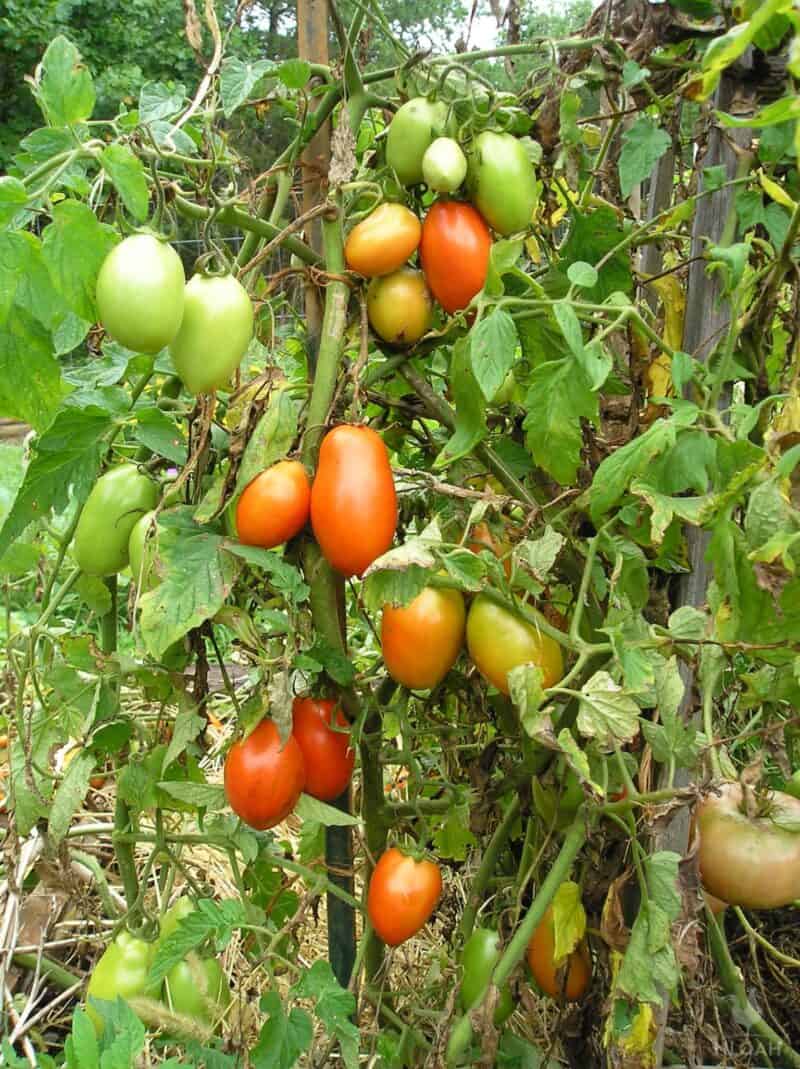
20. Tomatoes
Most seasoned gardeners already know you can grow tomatoes from seed, but did you know you can grow them from scraps, too? Well, rather you can grow them from slices!
To grow a new tomato plant from scraps, save the top portion of a ripe tomato near the calyx, but ensure that some flesh containing seeds is still present.
Place the tomato top in a pan of water, with just enough water in the pan to come up over the cut edge of the piece.
Shoots will sprout from the top of the tomato pretty soon; that’s your sign to transplant. Do so carefully, and make sure you handle the fragile shoots delicately!
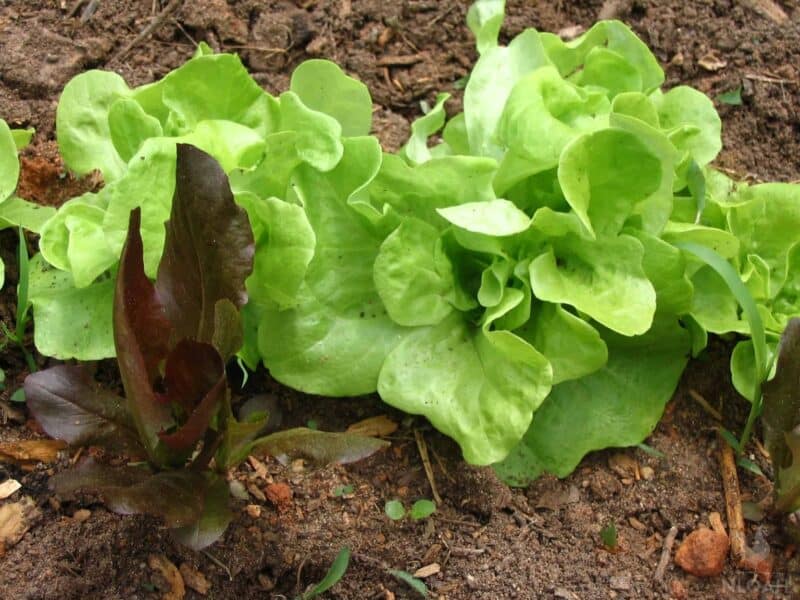
21. Romaine Lettuce
Most lettuce is tough to grow from scraps, but the rigid, upright structure of Romaine makes it a cinch. Save the bottom two inches of so of the root end off of romaine lettuce.
Place the lettuce root in a small pot of soil, making sure the root is totally covered with the stump of leaves facing up. Water the soil regularly and keep the pot in the sun.
As new roots form, you will soon see some spindly leaves beginning to grow skyward. At this phase, proper care is critical to prevent the plant from getting leggy or bolting later.
22. Avocado
Avocado is a creamy and nutritious fruit that’s beloved for its versatility and benefits, and most especially for guacamole.
As you probably already know, if you want a new avocado tree or bush you’ll need to save that huge pit from a ripe avocado.
Wash the avocado pit clean, scrape the papery covering from the pit and then poke three toothpicks or skewers into the sides of the pit around the “equator,” evenly spaced. Be sure that these skewers are clean!
Now, suspend the avocado pit over a glass of water, with the toothpicks resting on the rim of the glass to hold it in position.
Keep the glass in a sunny location and change the water every few days. It will take a while, but roots and a stem will emerge from the avocado pit.
Once the stem is about six inches tall, you can finally transplant the avocado into soil.
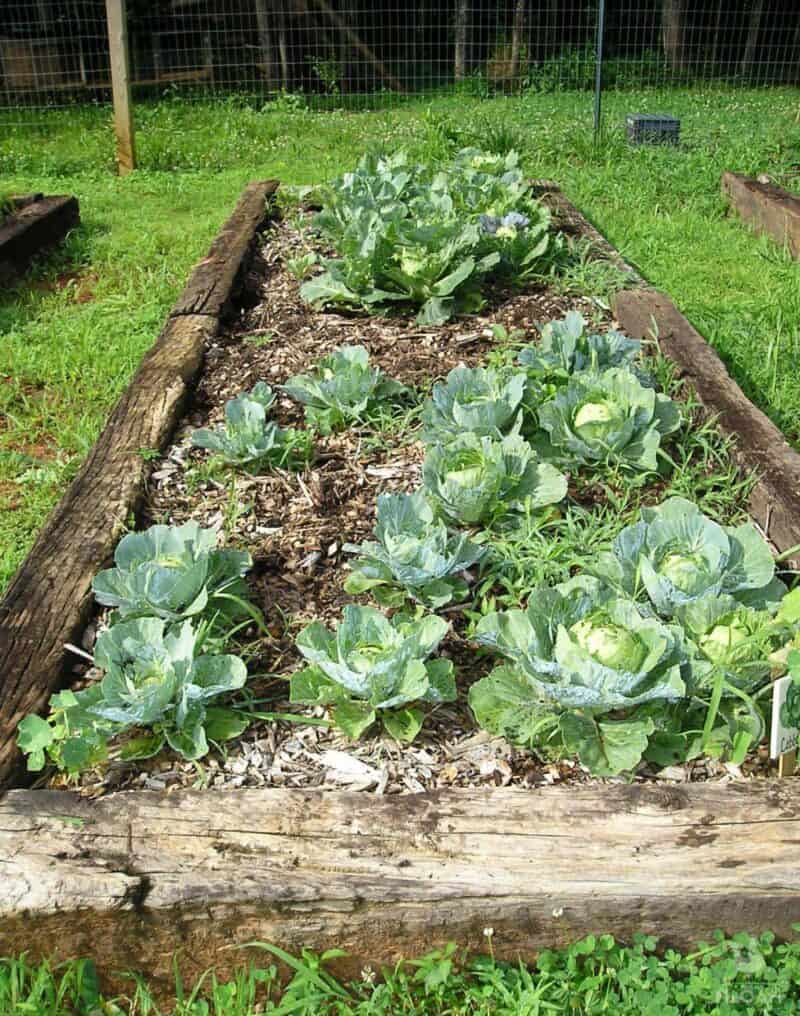
23. Cabbage
Unlike many kinds of lettuce, the robustness of cabbage means it has a much easier time regrowing from scraps and cuttings.
Simply save the bottom inch of a cabbage head including the roots as you did with Romaine, above.
Place the cabbage bottom in a small pot of soil, making sure the roots are totally covered and the leaf stumps are facing up.
Water regularly and make sure your burgeoning cabbage plant gets lots of light. When you see new leaves start to come in, you can transplant carefully or leave it where it is if the pot is large enough for your variety.
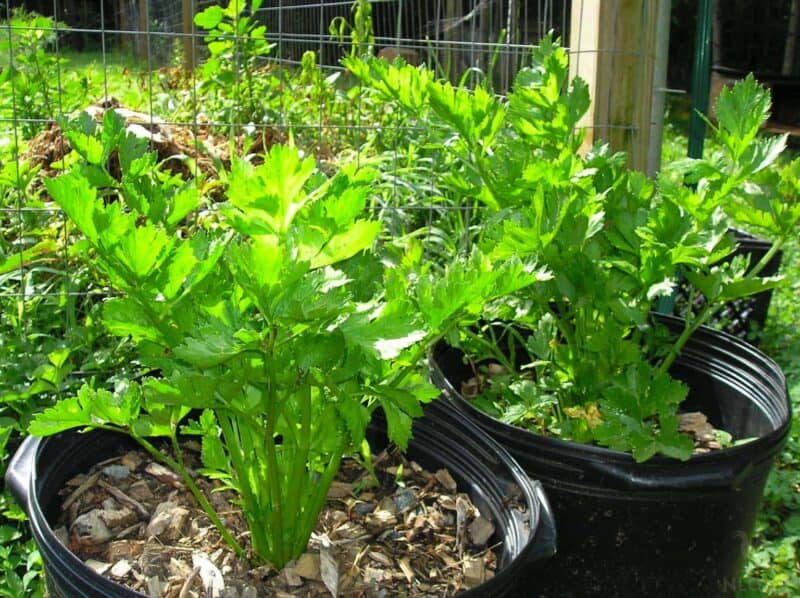
24. Celery
This crispy and refreshing vegetable is easy to grow from cut pieces. Just save the bottom inch of a celery stalk, an inch or so above where the stalk starts to turn white near the roots.
Place the celery bottom in a small jar of water, making sure the roots are fully submerged and change the water every few days.
Put the jar on a sunny window sill and keep an eye on it. The stalk will start to grow again!
About a week after growth starts you can then plant your celery and take care of it normally. Make sure to harden it off if moving it outside!
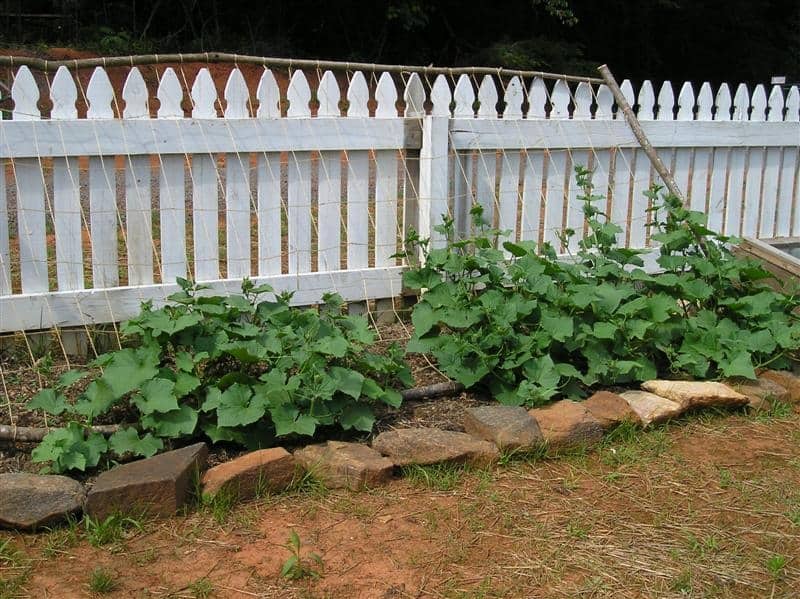
25. Cucumbers
To grow a new cucumber plant from scraps, save a couple of slices or other largish pieces taken from the ends. Place the pieces in a shallow bowl or pan with about an inch of water.
Be sure that all cut edges are facing up, and that the cucumber pieces are completely submerged in the water.
You’ll soon see sprouts emerging from the slices – that’s your sign to transplant! Do so very carefully, and make sure you keep the soil moist for best results.
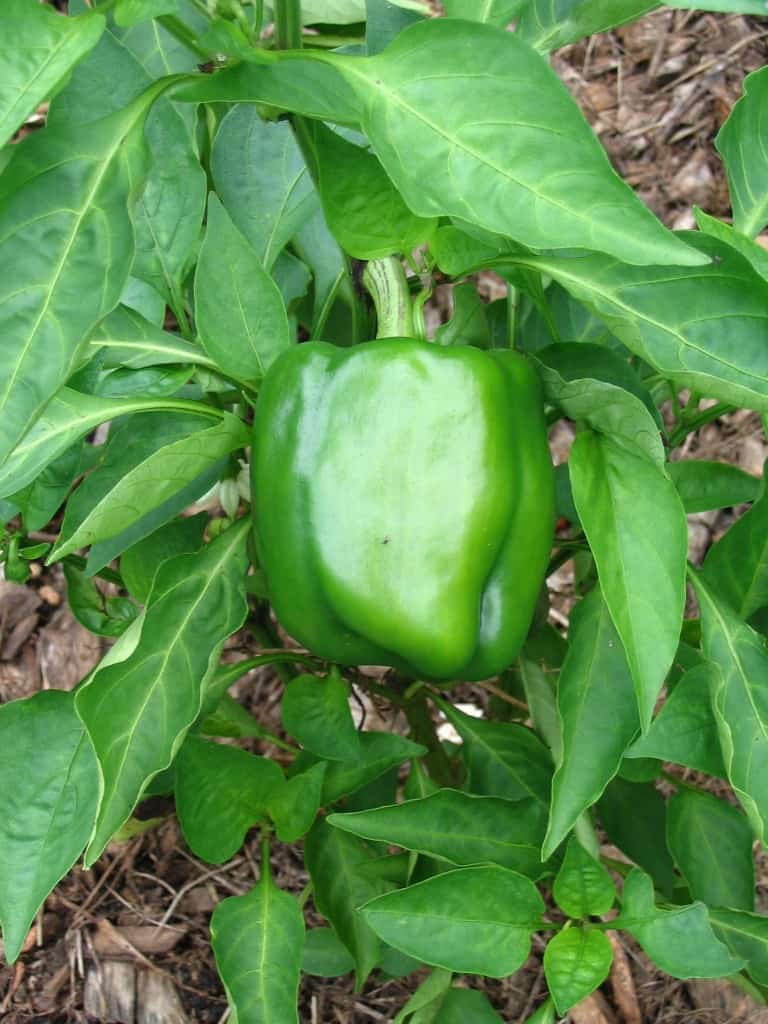
26. Peppers
Colorful, flavorful, and available in heat levels to suit all tastes, peppers are one of the most varied veggies out there.
Luckily, despite this variety they are all re-grown the same way, using the cut off top and stem.
To grow your new pack of pepper plants from pruned pieces (sorry, couldn’t resist!) save the top portion of a ripe pepper with the stem, membrane and seeds still intact.
Think of it this way: if you cut the stem off of a whole pepper and it takes the upper “rim” with it, that is the part you want to re-use.
Plant the top inch of your pepper in well-draining soil with the cut off end downward and make sure to keep it moist. Once you see new shoots coming up, you know your new pepper plant is coming in.
Peppers love warm weather, so make sure to keep them in a location with lots of sunlight and warmth.
Herbs
27. Basil
Basil is a beloved and fragrant herb that can be easily propagated from cuttings. Simply take a few long stems of basil, making sure to remove all but the upper leaves, and place them in a glass of water.
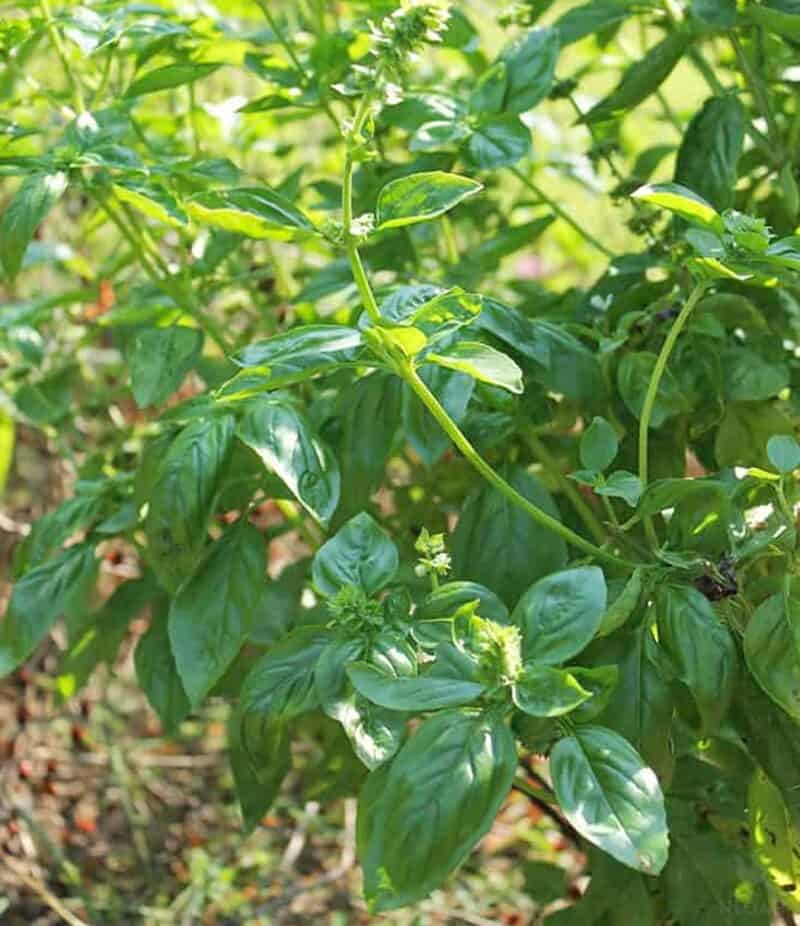
It’s critical that you keep the leaves up and out of the water, or else it will rot. Change the water every few days and watch as the roots start to grow.
Once the roots are established, transfer the basil plant to a pot with soil and place it in a sunny spot.
Note that you must use totally sterile tools for your cuttings; basil harvested in this way is highly vulnerable to infection.
28. Ginger
Fiery or warm, sweet or tangy, ginger is a healthy and multi-purpose herb that is a snap to grow yourself.
You need only take a small piece of the ginger root that you would normally throw away; any part with an “eye” or “bud” on it will work.
Simply plant it in soil with the tapered end facing up. Keep the soil moist and wait for the ginger to sprout.
Ginger plants prefer warm and humid environments, so be sure to keep an eye on moisture and temperature levels. It is easy to lose it early on!
29. Lemongrass
Lemongrass is easily grown from scraps. Take a few intact stalks of lemongrass and place them in a glass of water, covering only the bottom quarter of the stem.
Change the water every few days, and wait for roots to start growing. Once the roots have formed, transfer the lemongrass to a pot with well-draining soil and place it in a sunny spot.
Nothing to it and your new lemongrass will soon start to thrive.
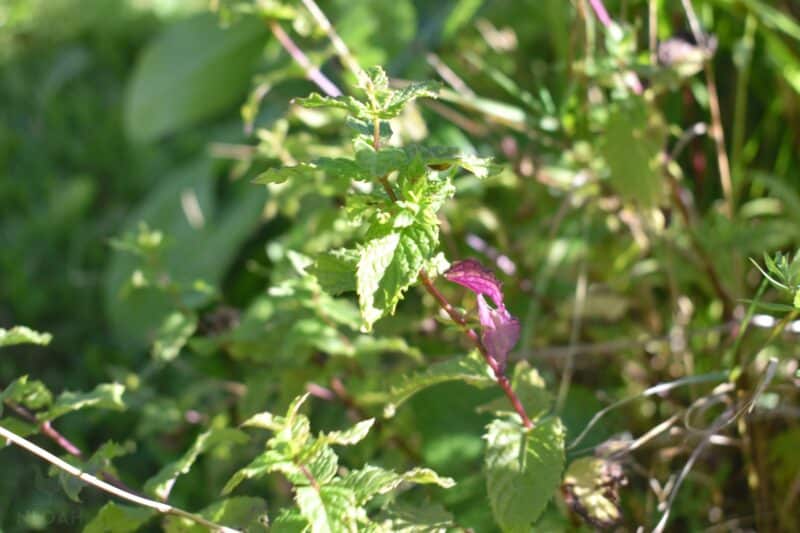
30. Mint
Mint is best propagated from cuttings rather than true scraps. Take a few intact stems of mint and place them in a glass of water as with basil above.
But mint is a very fast-growing herb, so it’s important to keep it trimmed back to prevent it from becoming too leggy as this will impact its health and also the quality of the leaves you get going forward.
Entirely doable, but it needs more care and attention than other herbs grown this way.
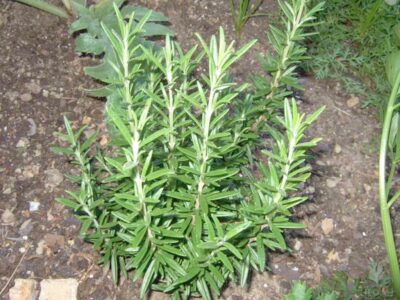
31. Rosemary
Rosemary grows like a charm using nothing more than an intact branch. Take a few stems of rosemary, making sure they have plenty of tiny leaves, and place them in a well-draining potting mix.
Keep the soil moist and place the pot in good light, but make sure it gets protection from the hottest part of the day.
Rosemary also prefers slightly dry soil, so be careful not to over-water it. It will need plenty of shaping as it grows, but with a little TLC your new rosemary bush will thrive.
32. Cilantro
Cilantro is a contentious herb- either loved or hated- but one that can be grown from the seeds found in the coriander plant.
Plant the seeds in a pot with well-draining soil and cover them lightly with soil. Keep the soil moist, and place the pot in a sunny spot.
Cilantro prefers cooler temperatures, so keep the pot in a shaded spot during the hottest parts of the day and don’t hesitate to grow it indoors.
Cilantro grows quickly even when started from seeds and under ideal conditions can be harvested in just a few weeks.
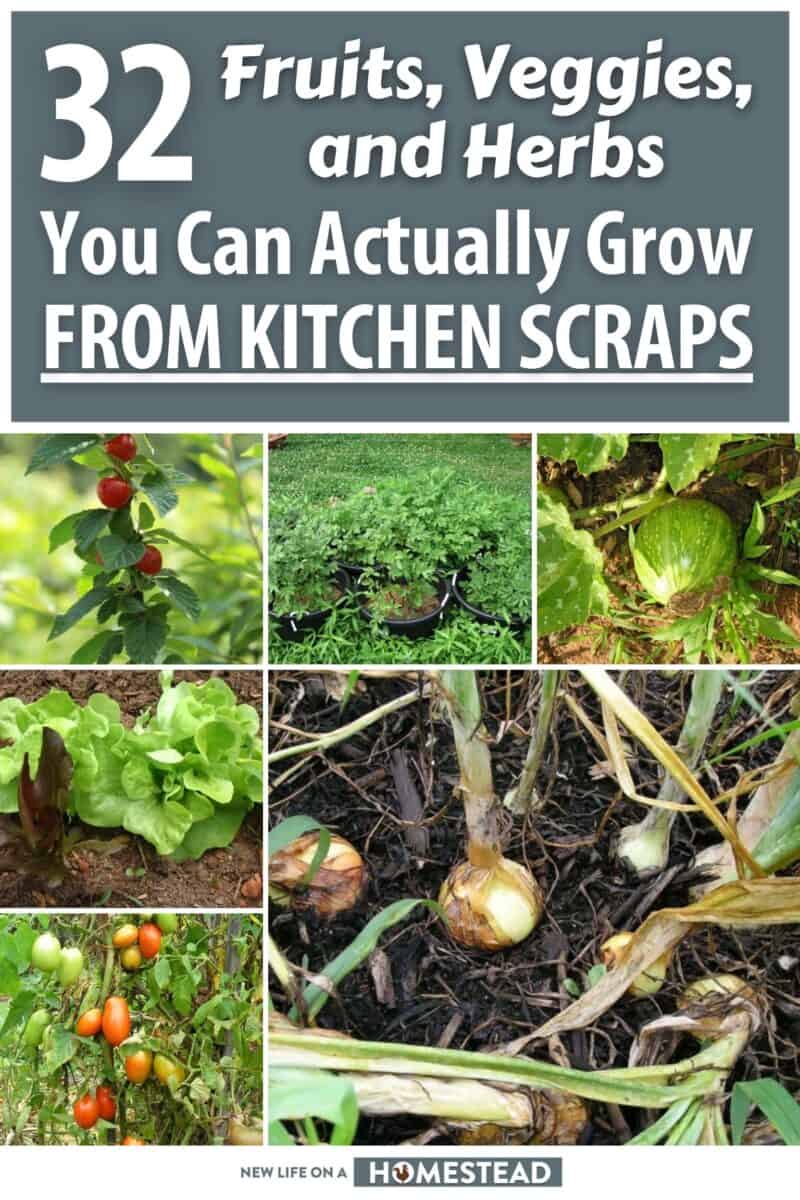
Tom has lived and worked on farms and homesteads from the Carolinas to Kentucky and beyond. He is passionate about helping people prepare for tough times by embracing lifestyles of self-sufficiency.
